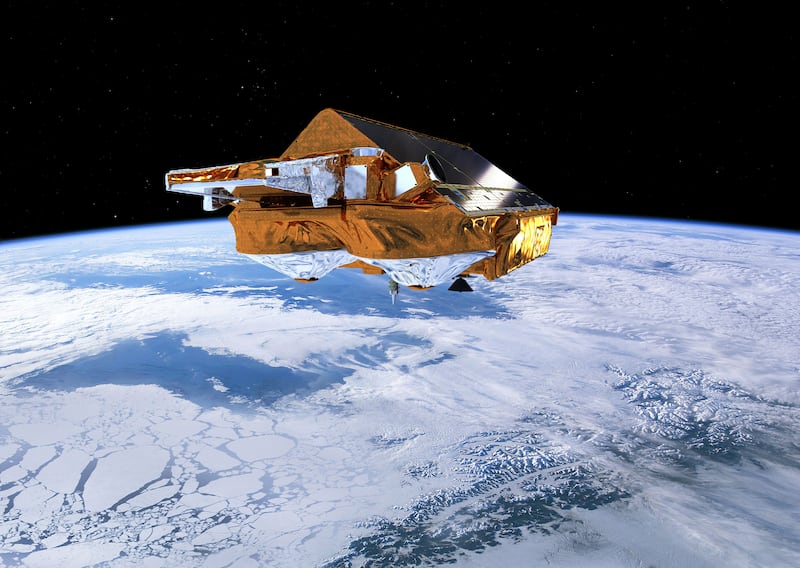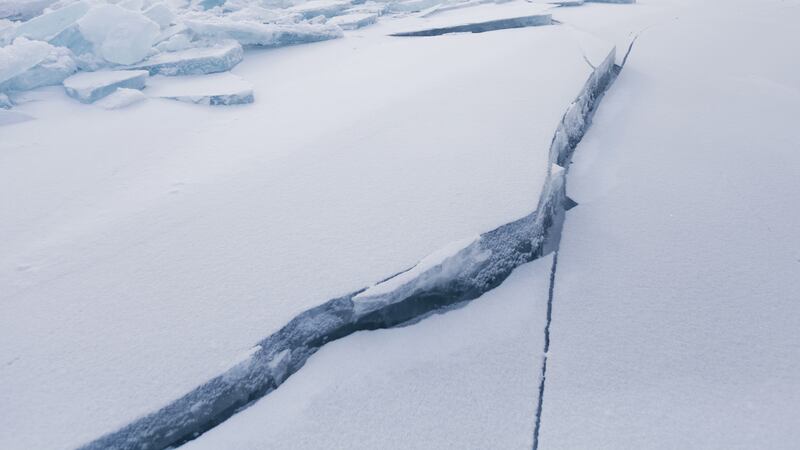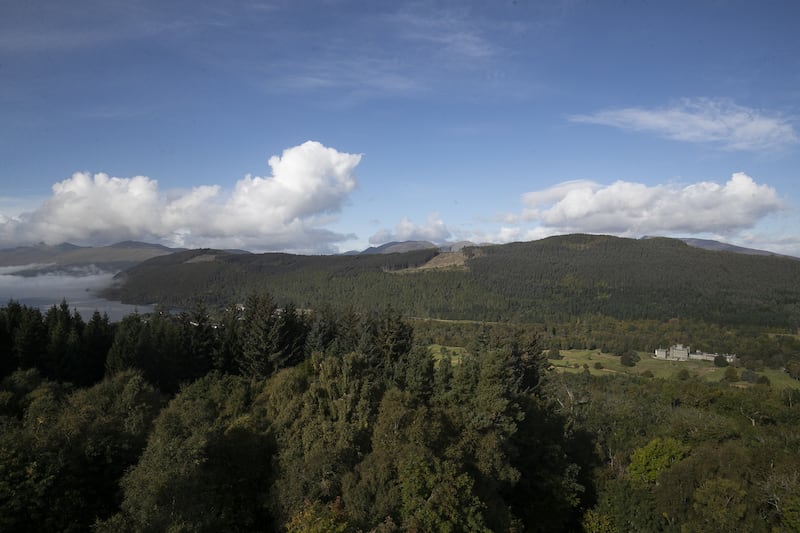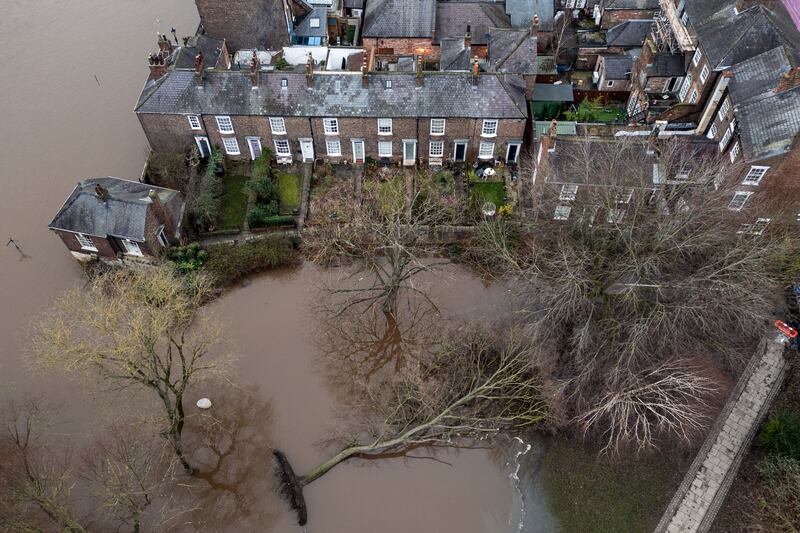An enormous iceberg covering more than 2,000 square miles is set to break off from one of the largest floating ice shelves in Antarctica, according the European Space Agency (ESA).
Scientists monitoring a deep crack in the Larsen C ice shelf, which extends more than 100 miles, say it is currently being held together by only three miles of ice.
When it eventually gives way, one of the largest icebergs on record will be set adrift.
Data from CryoSat – ESA’s satellite which tracks shifts in ice around the Earth – suggests the iceberg will be 600ft thick and contain roughly one trillion tons of ice.
Icebergs calve off Antarctica all the time, but this one might be different as some scientists believe it could pose a threat to maritime traffic and accelerate the destabilisation of the larger Larsen C ice shelf.
Anna Hogg, from the University of Leeds, said: “As for this new Larsen C berg, we are not sure what will happen.
“It could, in fact, even calve in pieces or break up shortly after. Whole or in pieces, ocean currents could drag it north, even as far as the Falkland Islands.
“If so it could pose a hazard for ships in Drake Passage.”

Some researchers involved in the project put the calving down to rising temperatures while others say cracking and melting are part of natural processes that have been going on for hundreds of years.
Noel Gourmelen, from the University of Edinburgh, said: “We will continue to use CryoSat to monitor how the berg changes as it drifts away from the ice shelf.”
The calving event – when it happens – is not expected to affect global sea levels as the ice is part of the Larsen C which is already afloat in the ocean.
Antarctica has seen an increase in breaks in its ice shelves in recent years.
In December 2015, an iceberg similar in size drifted around the Brunt ice shelf – causing alarm for those stationed at the Halley research base which sits on the floating section of the shelf.
Hogg said: “Measurements from CryoSat showed that the Brunt berg was around 390m, so too thick to come close to ‘shore’ since the sea is shallow here.”
Scientists will be watching the break in Antarctica closely to better understand its effects and learn more about what to expect from other potentially vulnerable ice shelves in the region.









